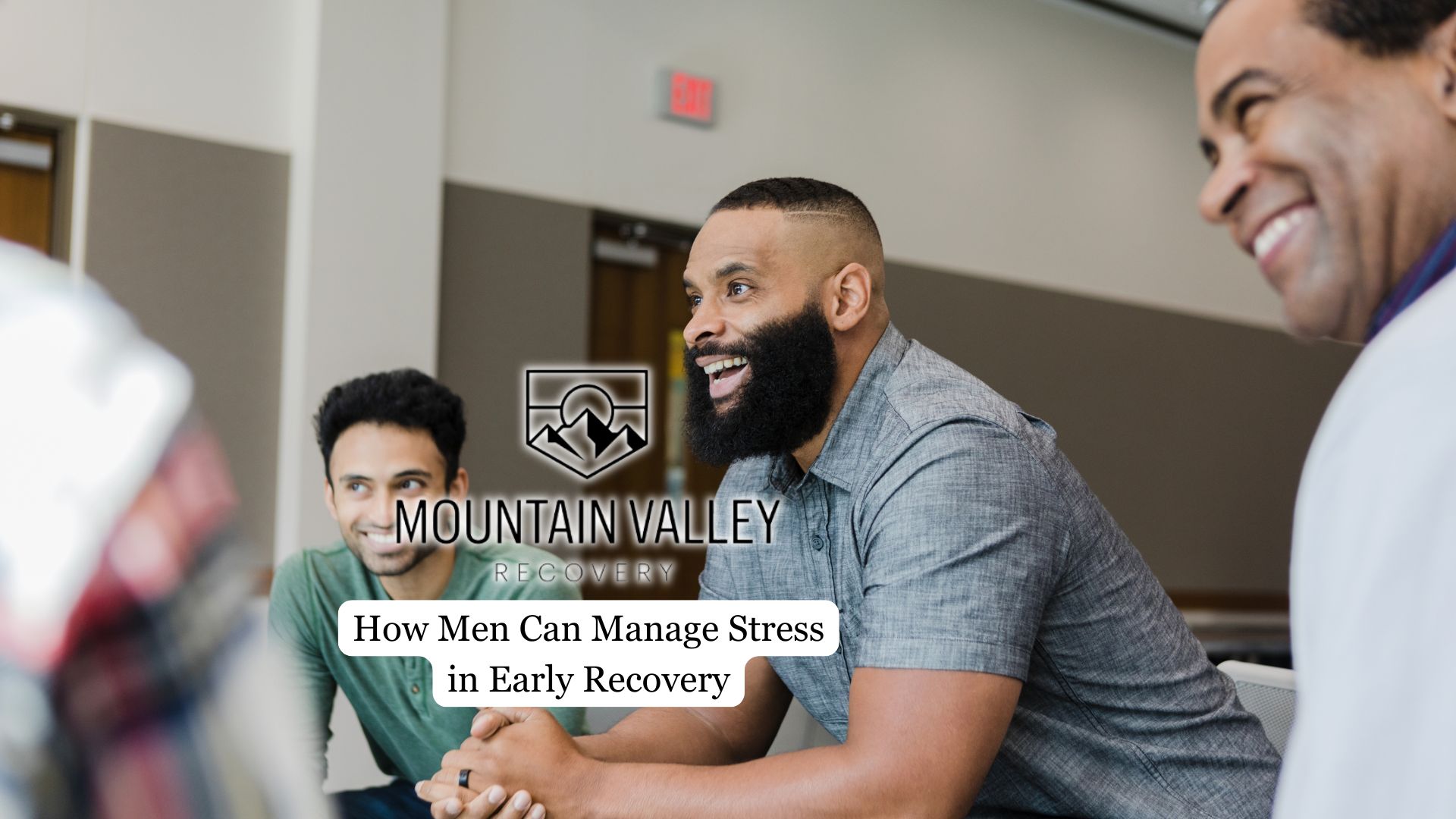Recovery from addiction requires commitment, but many individuals wonder if they can maintain their jobs while receiving care. Balancing job responsibilities with treatment is a crucial consideration, especially for those who rely on a steady income.
This article examines the feasibility of employment during rehab, the available options, and the factors that influence this decision.
Understanding the Demands of Rehab
Treatment options are designed to provide structure through therapy sessions, group meetings, medical supervision, and wellness activities that help individuals rebuild healthier routines. The intensity of these schedules can make it difficult to maintain consistent employment. Still, the possibility depends largely on the type of care chosen and personal circumstances.
Approaches to recovery vary. Some settings emphasize clinical support throughout the day, while others integrate life skills training and allow limited flexibility. Inpatient rehab programs in particular demand significant time and attention, which often makes balancing employment more challenging. Understanding the level of time commitment expected before enrolling helps clarify whether maintaining a role outside treatment is realistic.
Work Policies Within Different Settings
Some centers may permit limited professional activities, especially if the job involves remote or flexible arrangements. Others encourage participants to step away from their roles entirely to focus fully on healing.
Residential care, in particular, typically emphasizes taking a complete break from career responsibilities. These environments are immersive, with schedules built around therapy and recovery activities, support groups, and structured downtime that leave little room for outside duties. However, some centers recognize that financial stress can hinder progress and provide resources to help individuals prepare for a smoother transition back into the workforce.
Legal Rights and Employment Protection
Concerns about job security often weigh heavily on those considering treatment. Fortunately, several protections are in place for employees seeking care. Under the Family and Medical Leave Act (FMLA), eligible employees may take up to 12 weeks of unpaid, job-protected leave for medical reasons, including substance use recovery. This ensures that individuals can prioritize their health without fearing immediate job loss.
The Americans with Disabilities Act (ADA) also prohibits workplace discrimination against those with a history of substance use disorder, as long as they are not currently engaging in illegal drug use. These protections give individuals the confidence to step away from their roles, knowing their journey does not have to jeopardize their careers.

Balancing Recovery and Work Responsibilities
Trying to manage both recovery and employment requires honest self-reflection. The main objective of treatment is to achieve stability and build a foundation for long-term wellness. Dividing energy between healing and professional duties can make it harder to benefit from care fully. For many, stepping back completely allows them to commit more fully to the process.
That said, certain less intensive options may allow participants to remain engaged in limited professional activities, provided they do not interfere with treatment goals. This approach may be suitable for individuals with part-time, remote, or highly flexible roles. It is essential to assess whether maintaining job-related tasks will slow progress or add stress during a critical time.
Preparing for Employment After Treatment
Even if employment during care isn’t feasible, many treatment centers include vocational support to help individuals re-enter the workforce afterward. Services may include resume development, job readiness training, and career counseling. Some also provide guidance on explaining gaps in a way that reduces stigma.
By prioritizing health first, individuals are better positioned to return to their careers with renewed focus and stronger coping skills. Employers often value resilience and honesty, and many are supportive of employees who have taken steps to improve their lives. Entering the workplace after treatment can be a fresh start, supported by strategies for handling stress and maintaining sobriety.
When an Inpatient Rehab Program Is the Best Choice
For those dealing with severe addiction and co-occurring mental health issues, stepping away from work completely and committing to an inpatient rehab program offers the best chance of lasting recovery. These environments provide round-the-clock care, peer support, and a safe setting that removes outside pressures. By temporarily setting aside career responsibilities, individuals can place their full attention on addressing the underlying issues of addiction.
Although the decision to pause employment can feel daunting, it often proves to be an investment in long-term stability. The skills, clarity, and wellness achieved in an inpatient setting often equip individuals to return with greater confidence and purpose than they had before their treatment.
Final Thoughts from Mountain Valley Recovery
Balancing work and rehab is a complex decision influenced by personal circumstances, program intensity, and long-term goals. While some individuals may be able to manage limited professional duties, most benefit from devoting their full attention to treatment. Protecting your health should take priority, as it lays the foundation for a sustainable career and a healthier life.
At Mountain Valley Recovery, we understand the concerns individuals face when entering treatment. Our inpatient rehabilitation program for men in Utah offers comprehensive care tailored to support both personal healing and future professional success. Selecting a program tailored to your needs, you can focus on recovery today while developing the skills and resilience necessary for a stronger tomorrow.





